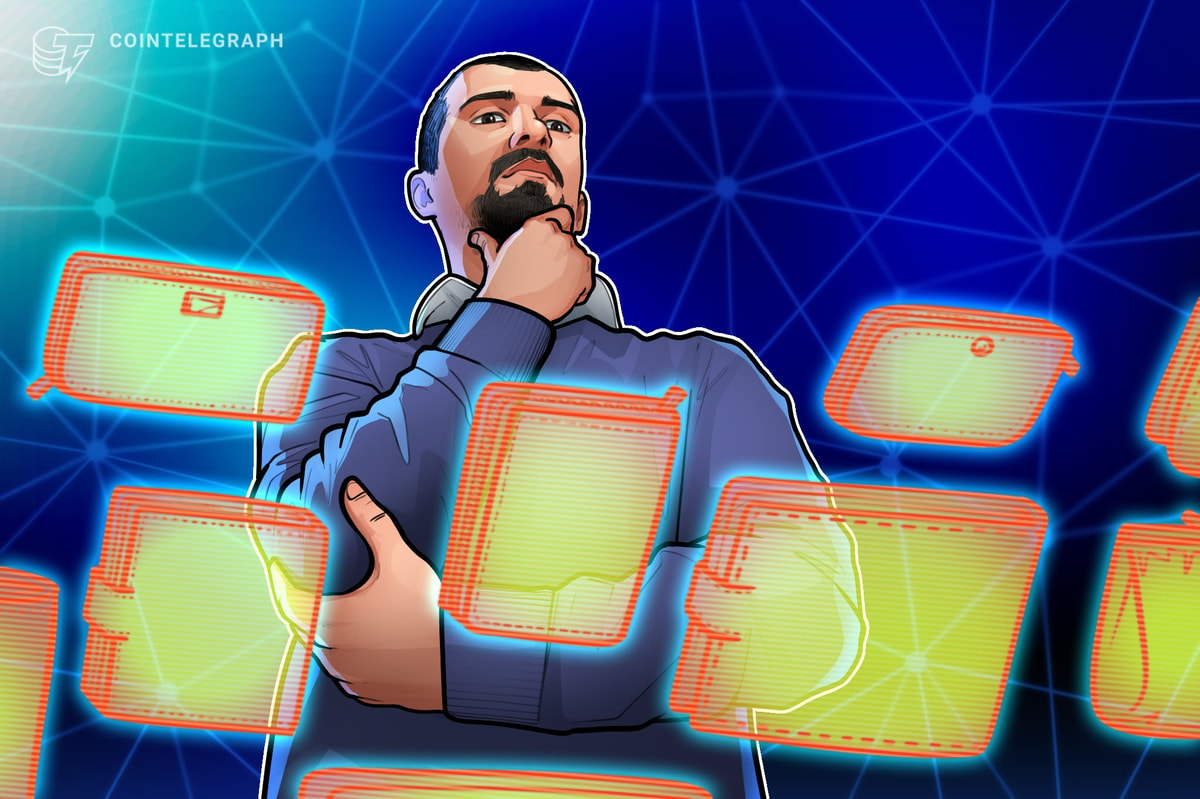Ethereum layer-2 Optimism has implemented fault proofs into its smart contracts, according to its development team, OP Labs. According to the team, Optimism has now reached “Stage 1” of decentralization, referring to a list of milestones articulated by Ethereum co-founder Vitalik Buterin.
At least four other OP Stack networks will implement the fault proofs “soon,” including Base, Metal, Mode, and Zora.
On Optimism, users can now initiate withdrawals of Ether (ETH) and ERC-20 tokens “without involvement from any trusted third parties,” OP Labs said in a post. In addition, if the team’s sequencer attempts to process invalid withdrawals, they can be “challenged and removed” by any user who submits a fault-proof showing that the withdrawal is invalid.

The new system does not completely prevent the sequencer from blocking valid withdrawals or processing invalid ones, the post stated, as the fault proofs can be overridden with a six-of-eight vote from the Optimism Security Council. However, the default process for validating withdrawals now lies with users instead of with the Optimism team, and this process can only be overridden through an explicit vote of the Council.
The team claimed that this move to "Stage 1” will pave the way for full decentralization or "Stage 2" at some point in the future. At Stage 2, the Security Council will only be able to override the fault proofs if a bug causes multiple proving systems to contradict each other.
The new fault system, called “Cannon,” was developed with the participation of multiple teams, including OP Labs, Base network, and Sunnyside Labs. The proposal to implement the change was passed through Optimism’s Token House and Citizens' House governance organizations.
According to the team, Cannon will not be the only fault-proof system used by Optimism over the long run. In the future, Optimism will achieve “multi-proof nirvana,” in which multiple proof systems will be employed to ensure that only valid transactions are confirmed by the sequencer.
Optimism should remain secure now that the new code has been implemented, OP Labs claimed. It retains “safeguards” allowing the Security Council to “act swiftly and effectively” if a bug in the code is discovered. In the event that these safeguards are triggered, “withdrawals will be reset, necessitating the reproving of all pending withdrawals.”
Magazine: Bots, airdrops push Ronin to No.2 blockchain for daily users — Not Pixels
In a conversation with Cointelegraph, Optimism founder Karl Floersch claimed that Optimism and other layer-2s are progressing greatly toward decentralization, even though the road has been difficult.
“[T]he reason why it’s so hard to build any proof system whatsoever is because it is the most security-critical code and requires unbelievable levels of assurance,” he stated. “We’re not at the Stage 2 end game, but we’re starting to see the pieces come together.”
Floersch stated that the network’s move towards Stage 2 should be “swift and decisive” now that Stage 1 has been reached. It already has multiple client implementations and is in the process of gaining multiple proof systems as well, he claimed.
Ethereum layer-2 networks or “rollups” were developed to lower transaction fees by allowing some data to be processed off-chain. However, some protocols have been criticized for pausing withdrawals or censoring transactions, activities that imply they are centralized and under the control of the development team.
For layer-2s, the terms “Stage 1” and “Stage 2” refer to milestones first articulated by Ethereum co-founder Vitalik Buterin. In a forum post, Buterin argued that users should currently accept some layer-2 centralization but that developers should be expected to fully decentralize them over time.
Related: Vitalik Buterin wants rollups to hit stage 1 decentralization by year-end









